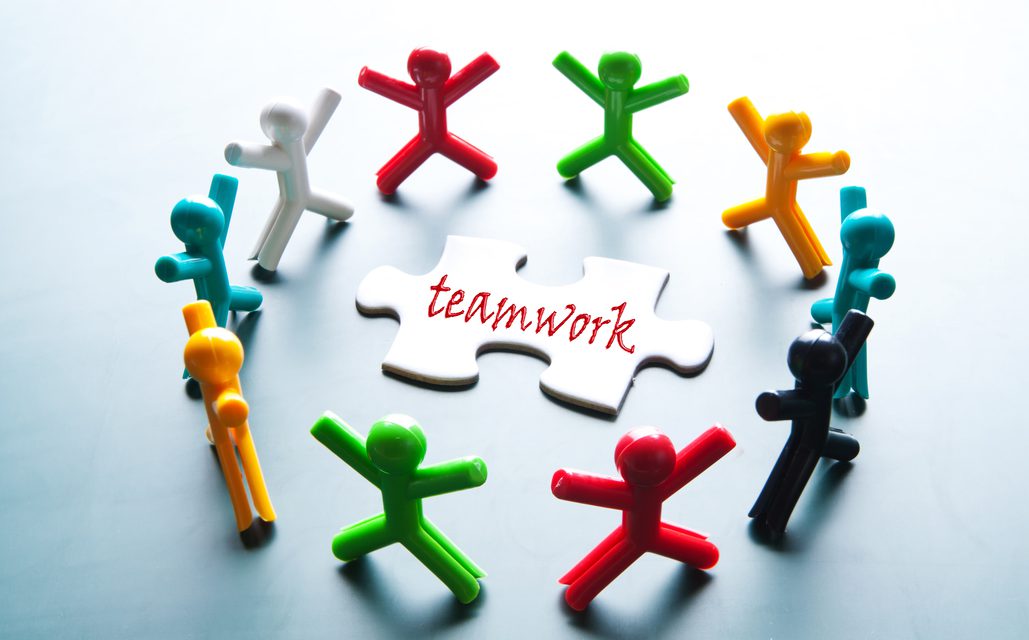To improve teamwork within your company, team building activities are the most complete, as they enable greater alignment among employees, motivated to achieve business and personal goals.
Within any company, teamwork is the main responsible for ensuring an adequate organizational culture and, therefore, Human Resources management has the obligation to perceive the potential of each employee, seeking to develop in each one of them the improvement of the relationship and networking.
The importance of perfect alignment was analyzed by researchers, who discovered a direct relationship between teamwork and the development of skills and competencies.
A study published in the journal “Proceedings of the British Royal Society” found that humans needed to collaborate with their peers to maintain themselves over time, a condition that led to brain development in order to ensure that social relationships could become firmer and more concrete.
When we take the results of this study to the corporate environment, we find that teamwork is also basic so that any company can achieve the deserved prominence in its segment, and can survive in a sustainable way.
The techniques and contributions of team building for the company
To build teams that are always motivated and united, the techniques and contributions of team building prove to be the best tool for managing people.
The team building activities are, in general, playful, requiring commitment and cooperation so that each team can achieve the defined objectives. These activities involve canoeing, canopy tours, treasure hunting, and others that can be considered as jokes but offer means for developing competence, skill and leadership among members.
This is because the activities are related to all the personal aspects that are also applied in professional activities, bringing to the company a series of benefits and complementing their needs, especially those related to:
- Entrepreneurship among professionals;
- Synergy among team members;
- Collective cooperation;
- Improvement of communication among employees.
The activities of team building provide a relationship involving not only the daily routine of professionals, but a very synergistic and fun interaction, which makes everyone, regardless of their hierarchical level, actively participate.
The methodology of team building still offers self-knowledge to the members, bringing to the surface emotions and feelings that could possibly be kept hidden due to the organizational environment itself.
Benefits of team building for your company
Among the benefits offered by team building for your company, we can highlight:
- Increased leadership skills;
- Knowledge of barriers that may prevent greater creativity;
- Better definition of goals and targets;
- Process productivity improvement;
- Increased engagement among employees;
- Identification of each person’s strengths and weaknesses;
- Improved problem-solving ability.
With the team building activities it is possible to better manage the employees, making each of them have a greater commitment to the business objectives.
Thus, to improve team performance within the company, it is essential that Human Resources managers better exploit the potential of each employee by applying techniques that can strengthen the bonds and achieve the objectives defined by the company.
Team building activities are applied in a way that a team can achieve its goals in a planned way, in the shortest time possible, and the knowledge acquired will make each of them feel more motivated, offering the sense of personal and group fulfillment.
Team building is a technique that allows people to develop their ability to work together efficiently and productively.
Through the various types of activities, ranging from games to challenges, involving tasks that are not performed within the company, participants are able to improve their own and their group’s performance, as well as offer the company greater knowledge about each employee. worked on their skills and competencies so that the company has a more efficient human capital.





